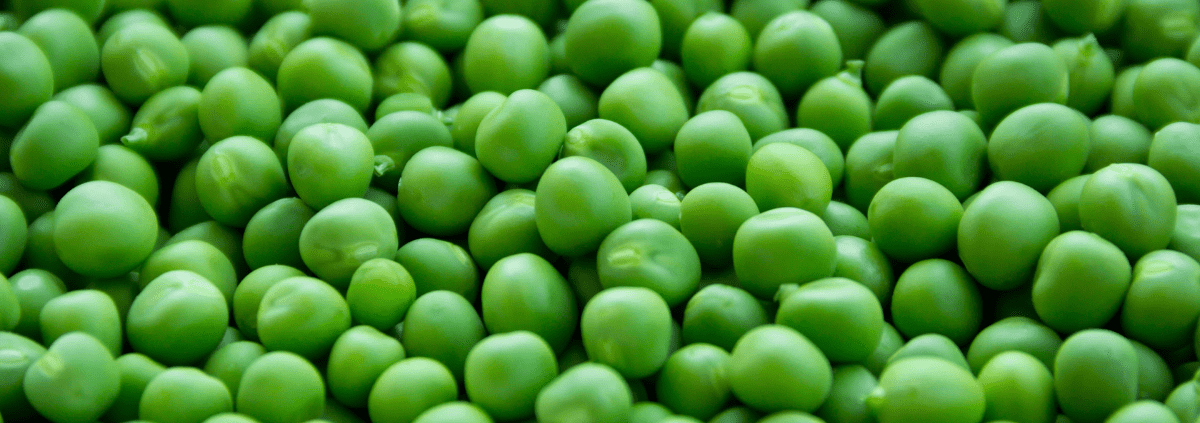Hooray for Hummingbirds!
Important Pollinators
by Cheryl Soldati Clark
Hummingbirds may be cute little-winged creatures, but really they are tough as nails! These extremely important pollinators have the highest metabolic rate of any other animal on earth. They also have a high breathing rate, high heart rate and high body temperature. Their wings flap up to 90 times per second and their heart rate exceeds 1,200 beats per minute. In order to maintain their extremely high metabolism, hummingbirds have to eat up to 10-14 times their body weight in food every day for fuel. In preparation for migration, they have to eat twice this amount in order to fly thousands of miles.
A huge portion of a hummingbird’s diet consists of sugar that they acquire from flower nectar, tree sap and hummingbird feeders. They also have to eat plenty of insects and pollen for protein to build muscle. Hummingbirds cross-pollinate flowers while they are feeding on nectar because their heads become covered with pollen and they carry the pollen to the next bloom as they continue to feed. Several native plants rely on hummingbirds for pollination and would not be here today if it wasn’t for these efficient pollinators.
Hummingbirds are found in several different habitats, including wooded and forested areas, grasslands and desert environments. They also occur at altitudes ranging up to 14,000 feet in the South American Andes Mountains.
The male hummingbirds are usually brightly colored while the females are dull colored in order to camouflage them while nesting. Female hummingbirds rely on males for mating only and after that, they build the nest and raise their young as single parents. They have been known to fearlessly protect their young against large birds of prey, such as hawks and have even attacked humans that get too close to their nests. They usually lay up to two eggs which hatch within a few weeks. Hummingbirds can live 3-5 years in the wild, which varies by species, but making it through their first year of life is a challenge. Fledglings are particularly vulnerable between the time that they hatch and the time that they leave the nest. Larger species may live up to a decade.
In order to conserve energy at night, because they lack downy feathers to hold in body heat, hummingbirds enter a state of semi-hibernation called “torpor”. This allows them to lower their metabolic rate by almost 95% and also lower their body temperature to an almost hypothermic rate. During this time, hummingbirds perch on a branch and appear to be asleep. When the sun comes up and starts to warm the earth, it takes about 20 minutes, but the tiny birds will awake from their torpor state and start their feeding rituals.
Planting a lot of reds and purples in your garden and hanging hummingbird feeders around your yard will attract and help feed these little pollinator friends. In fact, BBB Seed has a Hummingbird Wildflower Mix specifically designed with these little guys in mind. Please help to support these amazing creatures in your own backyard! Pollinator Week is a reminder to support pollinators all year long!
Hummingbird Favorites:
• Penstemon• Columbine • Delphinium • Autumn Sage • Four O’clock (Mirabilis jalapa) • Scarlet Monkeyflower (Mimulus spp.) • Texas Sage (Salvia coccinea) • Chuparosa • Ocotillo • Tree Tobacco (Nicotiana glauca) • Baja Fairy (Calliandra californica) • Bottlebrush • Desert Willow • Indian paintbrush (Castilleja spp.) • Scarlet Gilia (Ipomopsis aggregata) • Lantana • Agave • Lily of the Nile
FUN LINKS:
How to make a Hummingbird Feeder with your Kids!
Video on Hummingbird Tongues
Hummingbird Coloring Pages for Children
Baby Hummingbirds


